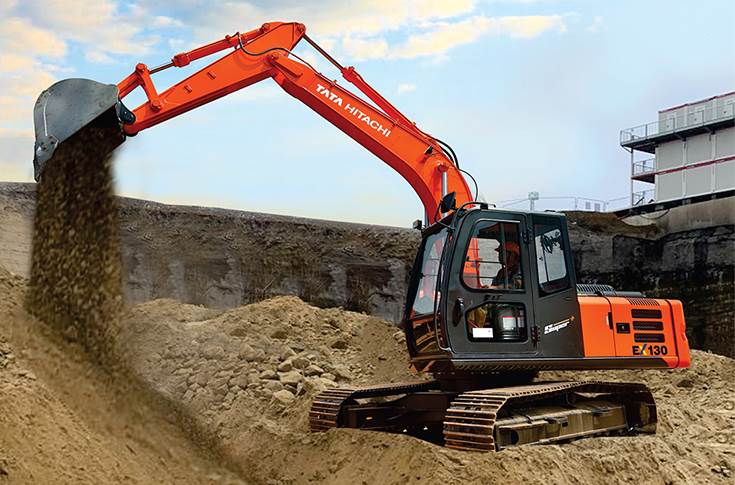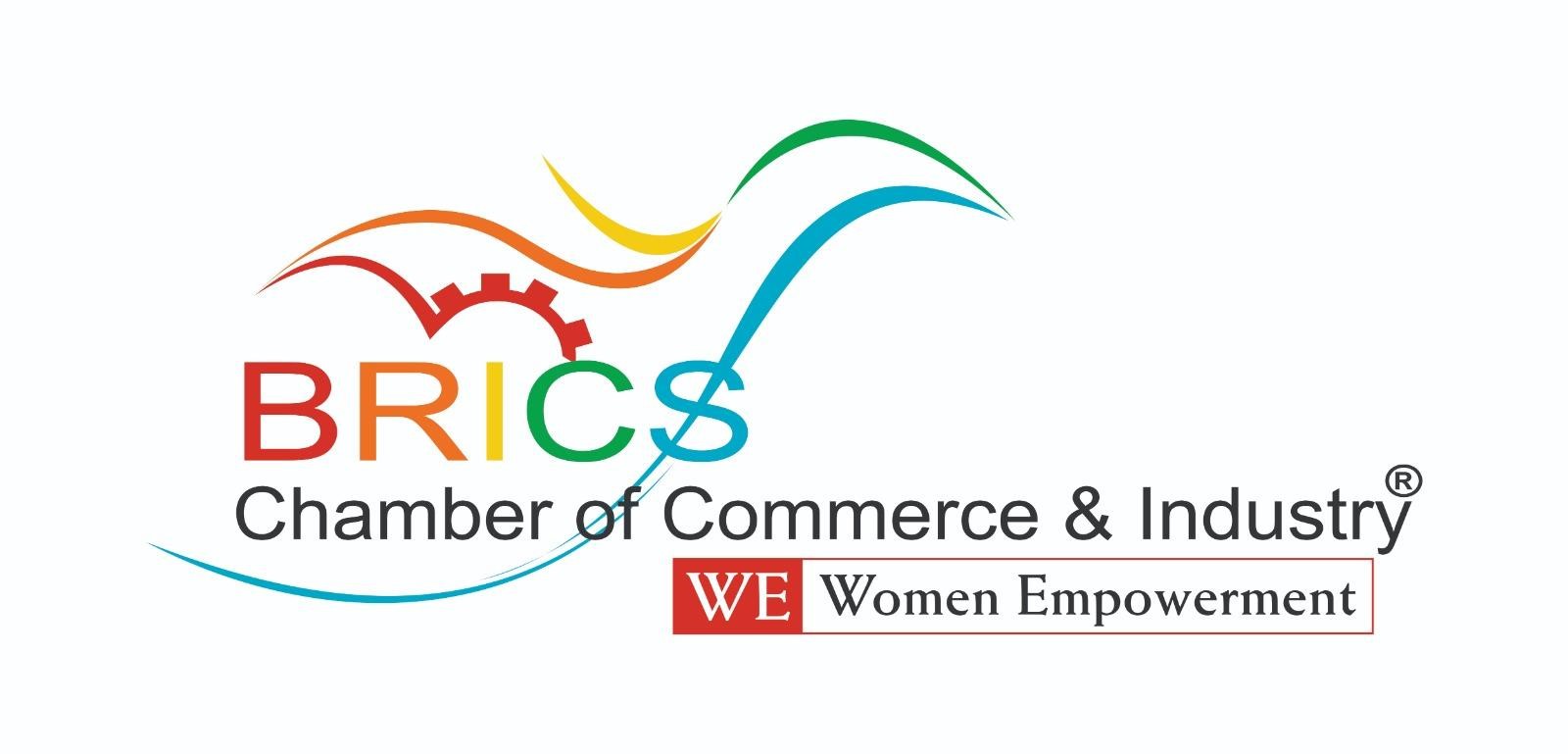[ad_1]
Capex on infrastructure increased by 33 percent to Rs 10 lakh crore for FY23-24 in Budget 2023
The Union Budget 2023 has allocated Rs 10 lakh crore for capital investments and Rs 79,000 crore for affordable housing. This increase of 33 percent bodes well for commercial vehicle demand, especially for heavier multi-axle vehicles and tippers, industry experts believe. Furthermore, the LCV industry is expected to gain from the Rs 75,000 crore investment in enhancing first- and last-mile connectivity for chosen sectors, they noted.
In her Budget presentation, Finance Minister Nirmala Sitharaman said that the Budget spending on infrastructure development, which will be 3.3 percent of GDP and the newly created Infrastructure Finance Secretariat will help bring in more private investment. “This will be almost three times the outlay in 2019-20,” Sitharaman said.
According to the FM, an expert committee will study the harmonised master list of infrastructure projects and make recommendations on the classification and financing framework. She claimed to have identified one hundred critical transportation infrastructure projects for the ports, coal, steel, fertiliser and foodgrains sectors. “They will be taken up on priority with an investment of Rs 75,000 crore, including Rs 15,000 crore from private sources,” she said. The finance minister said that investments in infrastructure and productive capacity have a big multiplier effect on growth and employment. Following the pandemic’s lull, private investment is picking up again.
Given that India has the second-largest road network in the world, with 5.89 million kilometres of roads, this seems like a big step forward. This road network transports 64.5 percent of all commodities in the country and 90 percent of the passenger traffic in India.
Sandeep Singh, MD of Tata Hitachi Construction Machinery, said that roads, construction, irrigation, housing construction, and mining have been the main drivers of the construction equipment business. He highlighted that road construction has gained pace in the last few months, which has already become a cause for cheer. “With the further boost of 33 percent to Rs 10 lakh crore for infrastructure development in 2023–24, construction will increase business for the CE sector. Green highways, low cost housing in rural areas will spur demand,” Singh added.
Deepak Shetty, Chief Executive Officer and Managing Director, JCB India, stated that the union Budget 2022-2023, which pushes for infrastructure development by increasing capital investments, will help in creating demand for construction equipment and create jobs, apart from removing infrastructure bottlenecks. “Continued provision of a 50-year interest free loan to state governments for one more year will spur investment in infrastructure,” Shetty said, emphasising that the announcements lay India’s development path to becoming a $5 trillion economy.
“Supporting urban infrastructure and the move to prioritise 100 critical transport infrastructure projects, for last and first mile connectivity for ports, coal, steel, fertiliser and food grain sectors are welcome. For this, the investment of Rs 75,000 crore, including Rs 15,000 crore from private sources, will further create demand for construction and create jobs, apart from removing the infrastructure bottlenecks”, Shetty said.
Vinod Aggarwal, President, SIAM, and Managing Director and CEO, VECV, said, “The 33 percent increase in capital outlay with an effective provision of Rs 13.7 lakh crores will spur growth in the economy, resulting in a positive impact on the auto sector.” He also said that it is a good thing that the government has announced money to help replace old vehicles in different departments.
Dheeraj Hinduja, Executive Chairman, Ashok Leyland, said, “The budget emphasises comprehensive national infrastructure development and expands on the digitisation of the economy. The road transportation sector plays an important role in national development and will have an even more impactful role, going forward, in supporting the government’s vision. The announcement that old vehicles owned by the central government and state governments will be replaced as part of the vehicle scrapping policy presents a significant opportunity for fleet modernisation.”
Welcoming the government’s increased infrastructure related outlays, Stefano Sanchini, MD, Bridgestone India, said that it will directly impact the logistics and mobility sectors. “These sectors will also grow as they expand to serve the enhanced demand for goods generated by new infrastructure projects,” said Sanchini.
Shamsher Dewan, Senior Vice President and Group Head of Corporate Ratings, ICRA, said, “The fund allocation towards the scrappage of old government vehicles and the extension of interest-free loans to state governments for the same will spur replacement demand, especially for buses.”
[ad_2]
Source link








